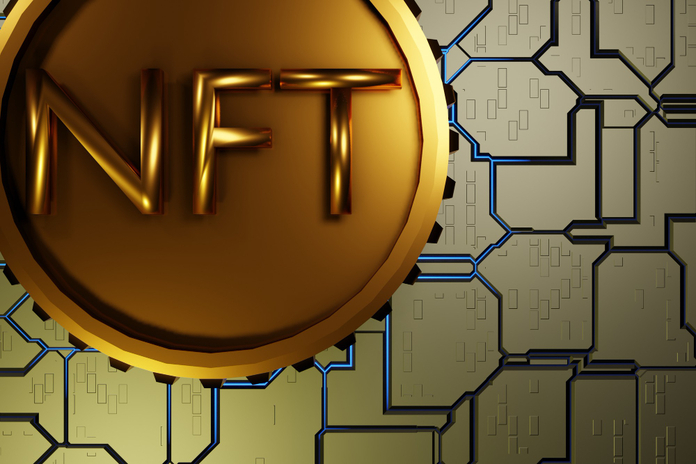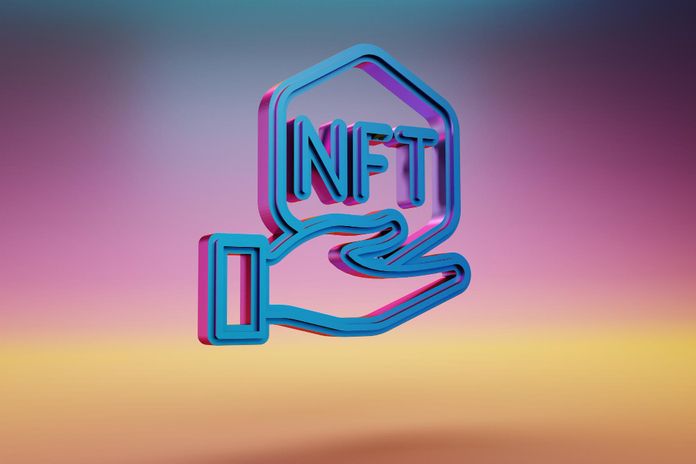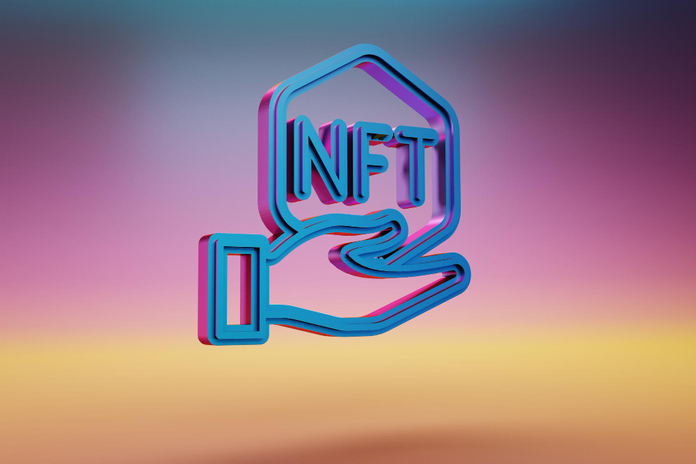AI Crypto Market Surges Before Nvidia Earnings

The market capitalization for artificial intelligence and big data cryptocurrency projects has experienced a significant surge, climbing by an impressive 79.7% over the past three weeks. This surge reflects growing confidence among crypto investors, particularly as the broader AI narrative gains momentum in 2024. The AI crypto market is now a focal point for investors, with many closely watching how this sector evolves alongside key technological developments.
AI Crypto Market Resurgence
On August 6, the AI crypto market reached a yearly low with a market cap of $18.21 billion. This decline was largely attributed to broader struggles in the cryptocurrency market, compounded by Bitcoin’s sharp price drop to $49,500 on August 5. This downturn followed the Bank of Japan’s unexpected decision to raise interest rates, which sent shockwaves through the global financial markets.
Despite these challenges, AI and big data tokens have demonstrated remarkable resilience. By August 25, the market cap for AI and big data crypto projects had more than doubled, surpassing $38 billion. This recovery mirrors Bitcoin’s rebound but highlights the growing independence and strength of the AI crypto market.
Leading AI Crypto Tokens
As of August 27, several AI and big data tokens have emerged as leaders in the market. Near Protocol leads the pack with a market cap of $5.5 billion. Internet Computer follows closely with $3.8 billion, the Artificial Superintelligence Alliance stands at $3.4 billion, and Bittensor rounds out the top contenders with a market cap of $2.8 billion. These tokens represent the forefront of innovation in the AI crypto market, attracting significant investor interest.
The recent rise in AI tokens has been fueled by a broader narrative around AI technology, which has gained substantial traction in 2024. This momentum is closely tied to the strong performance of Nvidia (NASDAQ:NVDA), a leading player in the AI hardware space. Nvidia’s advancements in AI technology and its influence on the sector cannot be overstated. The company’s earnings reports often serve as a bellwether for the AI crypto market, with positive results frequently followed by rallies in AI-related tokens.
Investor Activity and Market Movements
The surge in the AI crypto market has also been marked by notable investor activity. Onchain analytics platform Lookonchain recently highlighted unusual transactions in the sector, particularly focusing on a large whale’s movements in the FET token. This whale, after selling FET tokens at a lower price earlier, repurchased 1.79 million FET tokens at a higher price of $1.33 on August 25, spending $2.38 million in USDT. This activity underscores the volatility and rapid changes in sentiment within the AI crypto market, where large investors can significantly influence price movements.
The Nvidia Effect on AI Crypto
The influence of Nvidia’s stock performance on the AI crypto market is well-documented. Nvidia’s strong position in the AI hardware space has made it a key player in the broader AI narrative. The company’s earnings announcements are eagerly anticipated by both traditional and crypto investors. With Nvidia scheduled to release its quarterly results on August 28, there is heightened anticipation in the AI crypto market. Positive earnings from Nvidia could further boost AI tokens, continuing the upward trend seen over the past few weeks.
Investors in the AI crypto market are closely monitoring Nvidia’s performance, as the chipmaker’s success is often seen as a proxy for the health of the entire AI sector. A strong earnings report from Nvidia could lead to further gains in AI crypto tokens, as the sector continues to attract attention from both retail and institutional investors.
Conclusion: The Future of AI Crypto
The recent surge in the AI crypto market highlights the growing importance of AI and big data projects within the broader cryptocurrency landscape. As AI technology continues to advance and gain mainstream attention, the demand for AI-related tokens is likely to increase. The upcoming Nvidia earnings report will be a crucial indicator for the market, potentially driving further growth in AI crypto assets.
In the coming months, the AI crypto market is expected to remain a dynamic and rapidly evolving space, with significant opportunities for investors who can navigate its complexities. As the sector continues to mature, the relationship between AI technology developments and the performance of AI crypto tokens will likely become even more intertwined, shaping the future of both industries.
Featured Image: Freepik




